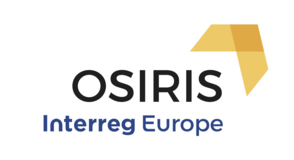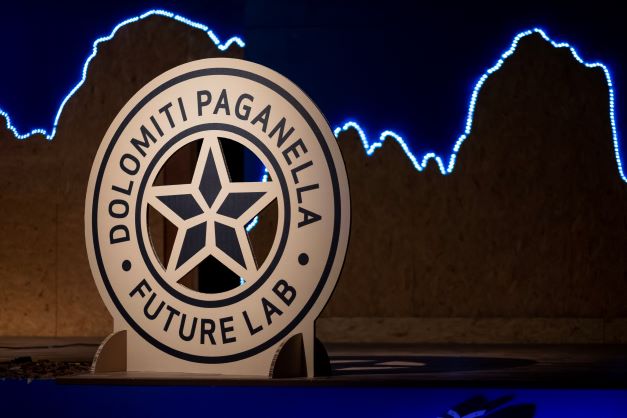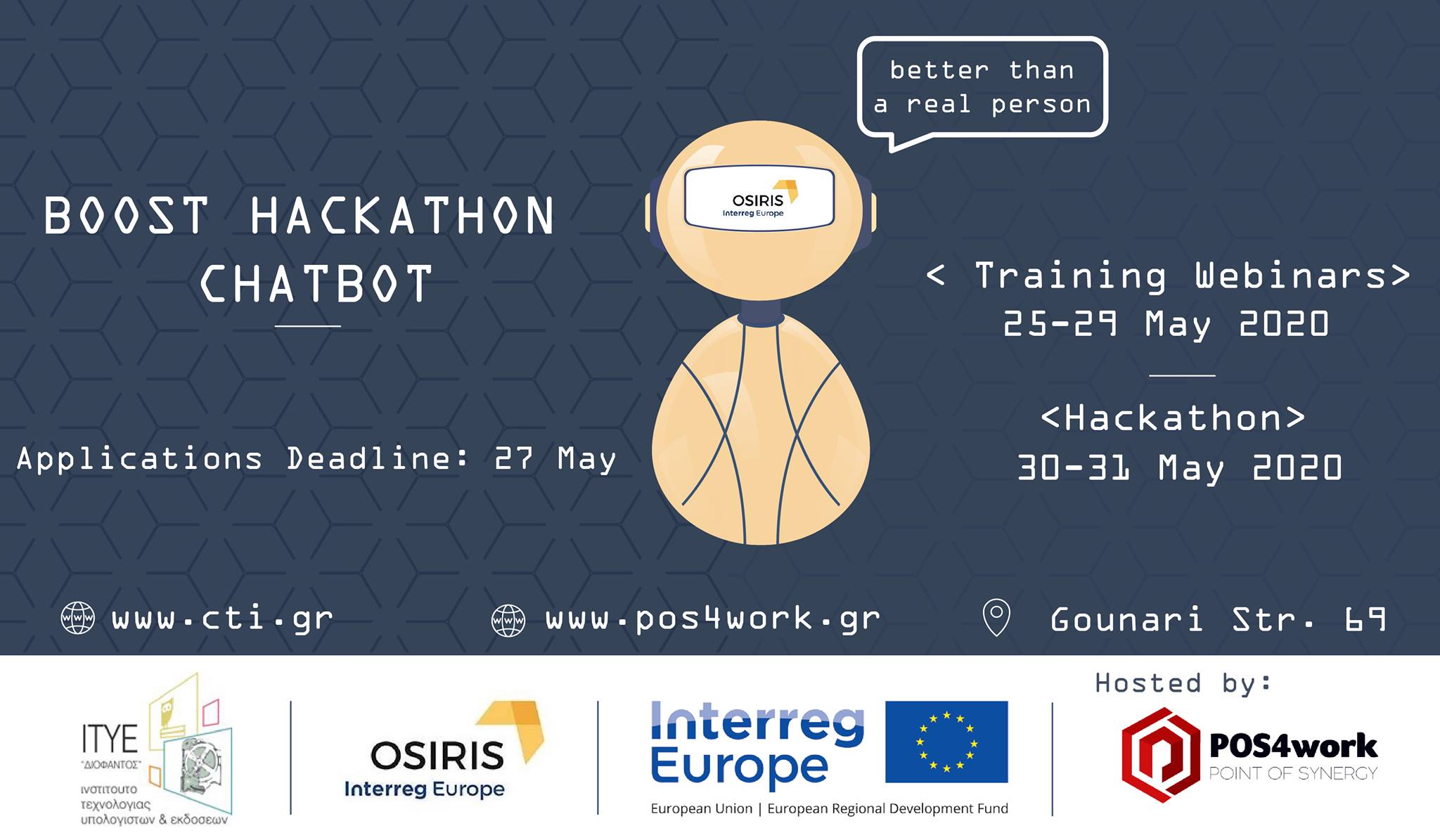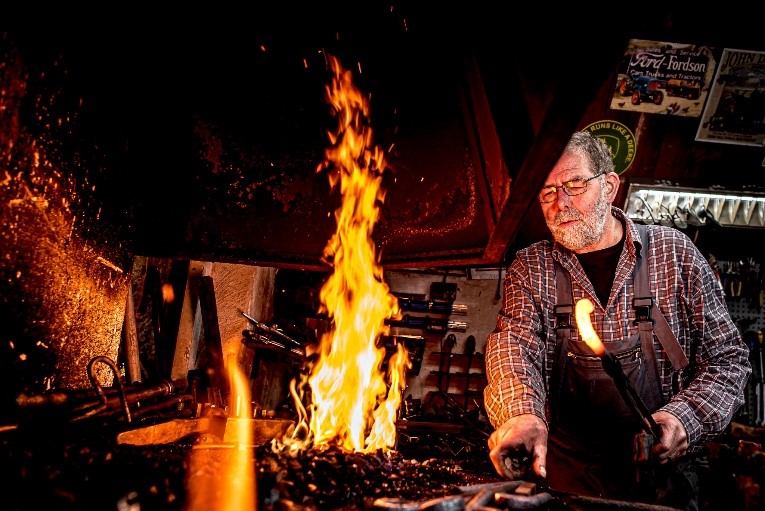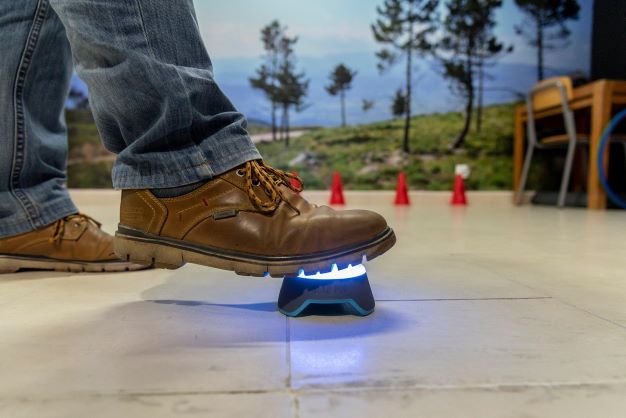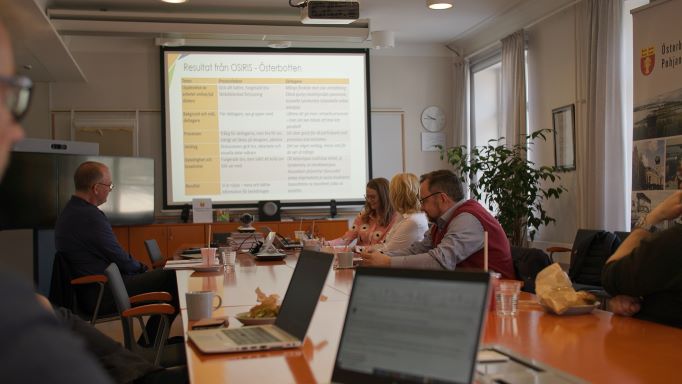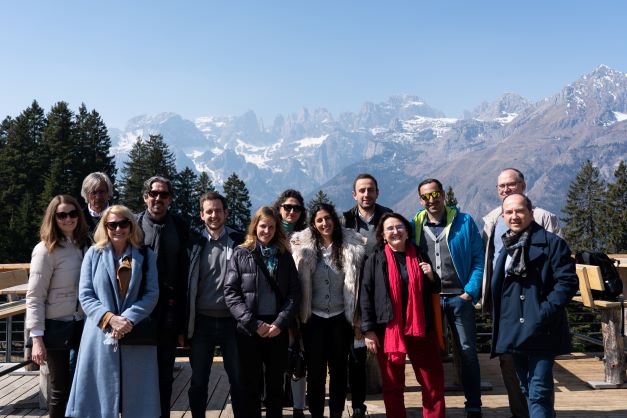Towards the end of a project, it is time to ponder upon the long-lasting results – things that will have an impact long after the project activities. In Osiris this time is now. Partners are analyzing and critically evaluating the achievements on working with open, social innovation for regional development.
In the region of Western Greece the method used (based on the Innovation Loop from the region of Västerbotten) for engaging citizens in an open, social innovation process was not very familiar.
- Co-creation workshops was something fairly new to us and during the process we have learned how important it is to collaborate and co-create and we saw over the course of the project how useful it is, Eleni Arvaniti of CTI Diophantus states.
All partners mention the key role that the stakeholders have played in achieving the project goals. In Drenthe, project manager Gerard Meijers is proud of the way local citizens have been engaging in activities and he feels that the strengthening of the collaboration with them when designing new projects will play a crucial role.
- Thanks to Osiris the region improved its collaborative character between all sectors and the bottom up approach of the 23 projects started is proof of this, he explains.
In a project like Osiris, the importance of the learnings and exchange of ideas between partners can’t be emphasized enough:
- During these years of working side by side, we have learned how to find points of convergence on common European challenges (an innovative European area for businesses, a single European digital market, the design of services starting from people's needs). Although we come from different regional backgrounds when it comes to organization, political culture, economy, social and cultural contexts, our differences can find greater strength and legitimacy when able to gather around common objectives - to be achieved, perhaps in different ways, but together, Francesca Gleria from Trento summarizes.
Our project takes pride in being able to test and transfer good practices through three different pilots. This really took the project to a new level:
- Through the pilot, the sharing of good practices between regions really came to life. The pilot put together people with diversified sources of knowledge in an open social innovation process to solve real-life challenges within the field of smart energy solutions. This showed us that open social innovation can indeed be used to solve very complex challenges. The pilot turned out to be a strong showcase on the potential value of open social innovation in regional development. Exactly what we aimed for, Johanna Dahl in Ostrobothnia says.
The ultimate goal for Osiris was to achieve changes in the policy instruments guiding regional development towards a more participatory governance. All partners have achieved this, but in various ways, summarized very well by the region of Ostrobothnia and seconded by the other partners:
- We have managed to achieve this change on both an organizational and regional level. Osiris has brought on new ways of thinking and working with the PI. For instance, we can notice a change in project applications, indicating an improved capacity of project implementers to apply open innovation and a user-oriented approach, particularly in projects focusing on technological development. We have learned a new way to more strongly involve citizens into the region’s work with smart specialization.
The Lead Partner Region Västerbotten is very happy with the results of this four year period of intense work that got its spark from the Innovation Loop:
- We have proven the potential of open social innovation methods and tools for regional development!
Ricardo Goncalves of the Municipality of Fundao concludes:
- We have simply made Fundao a better city to live in for everybody!
And so the story of Osiris will be told in various languages, ways and regions all over Europe, long after the last project reports are written.
